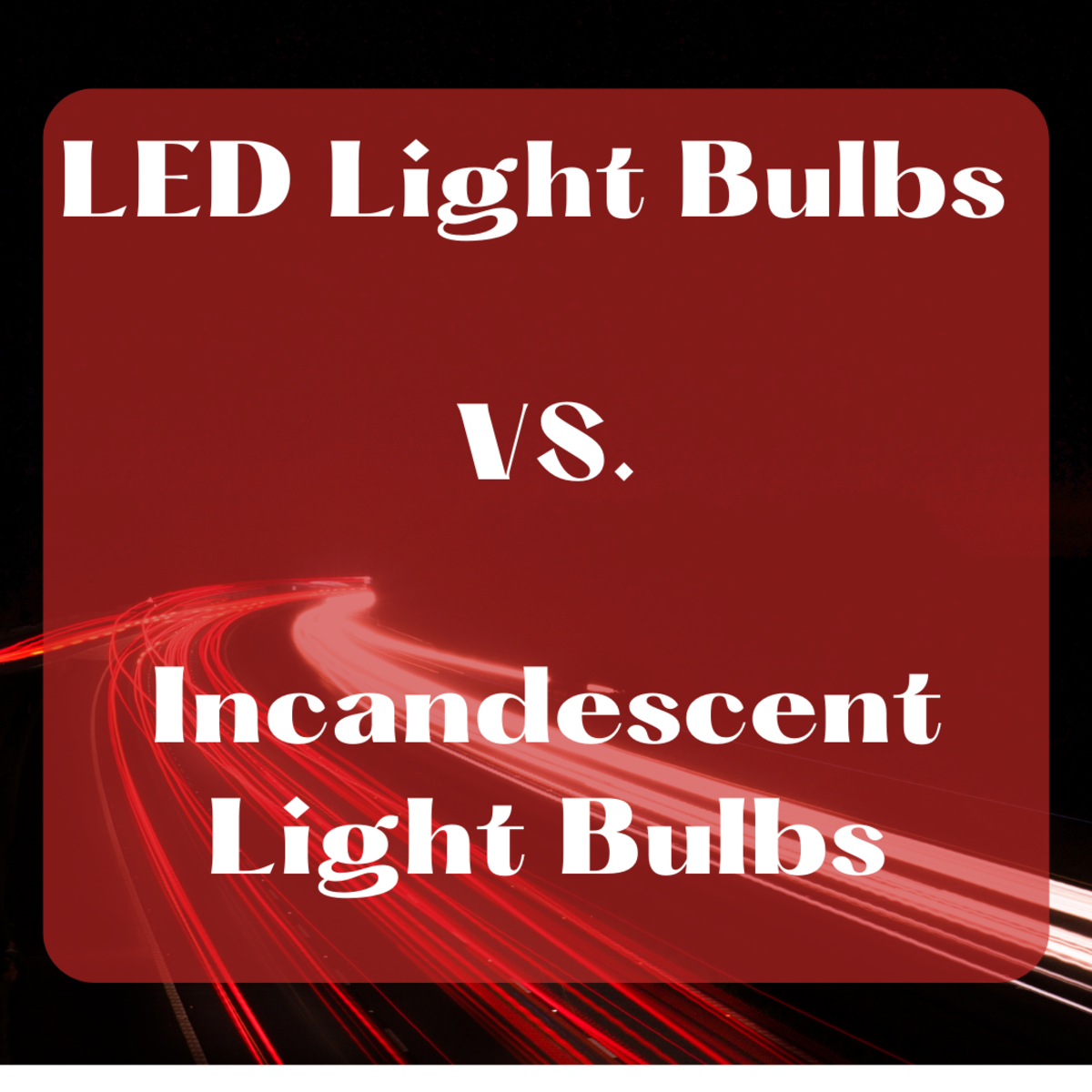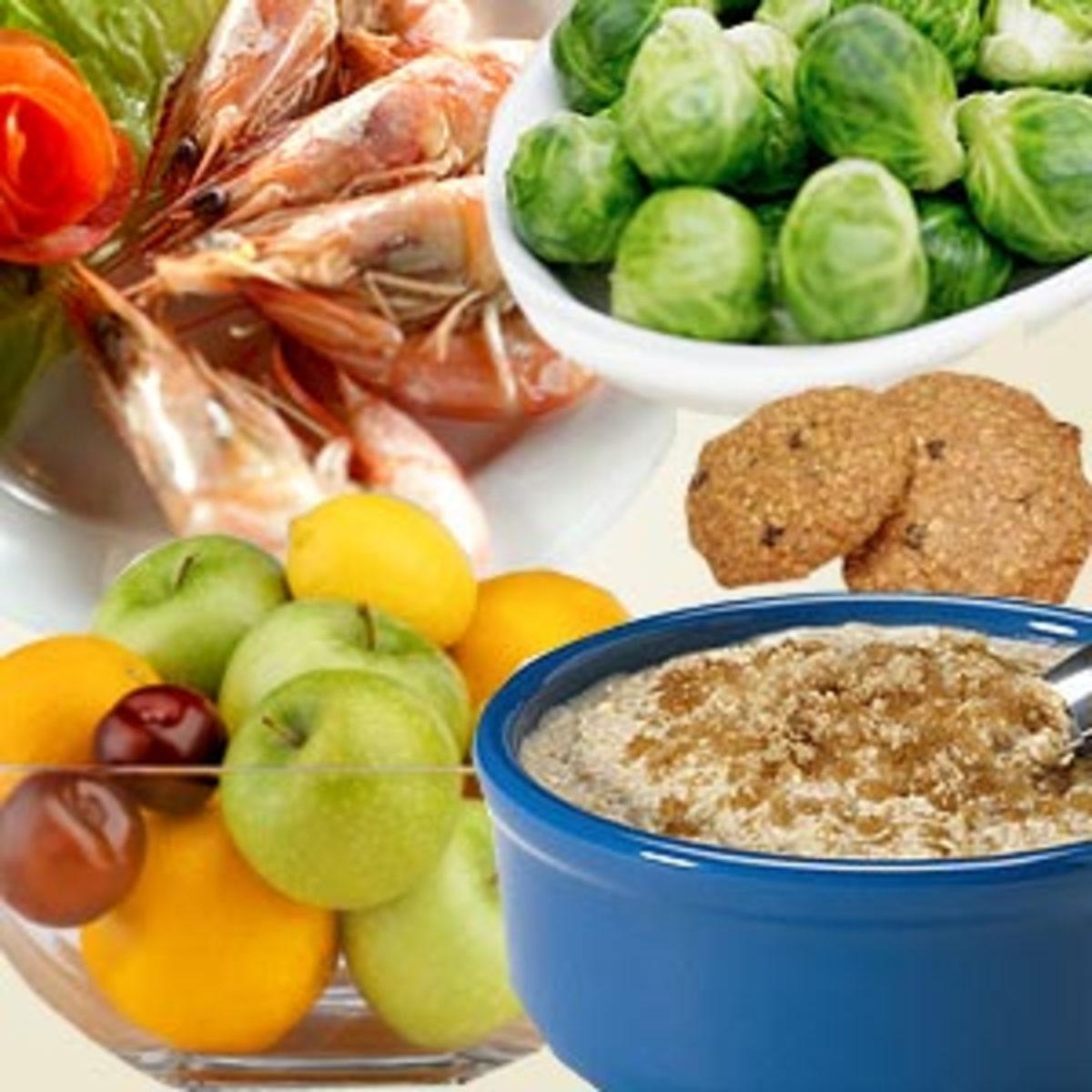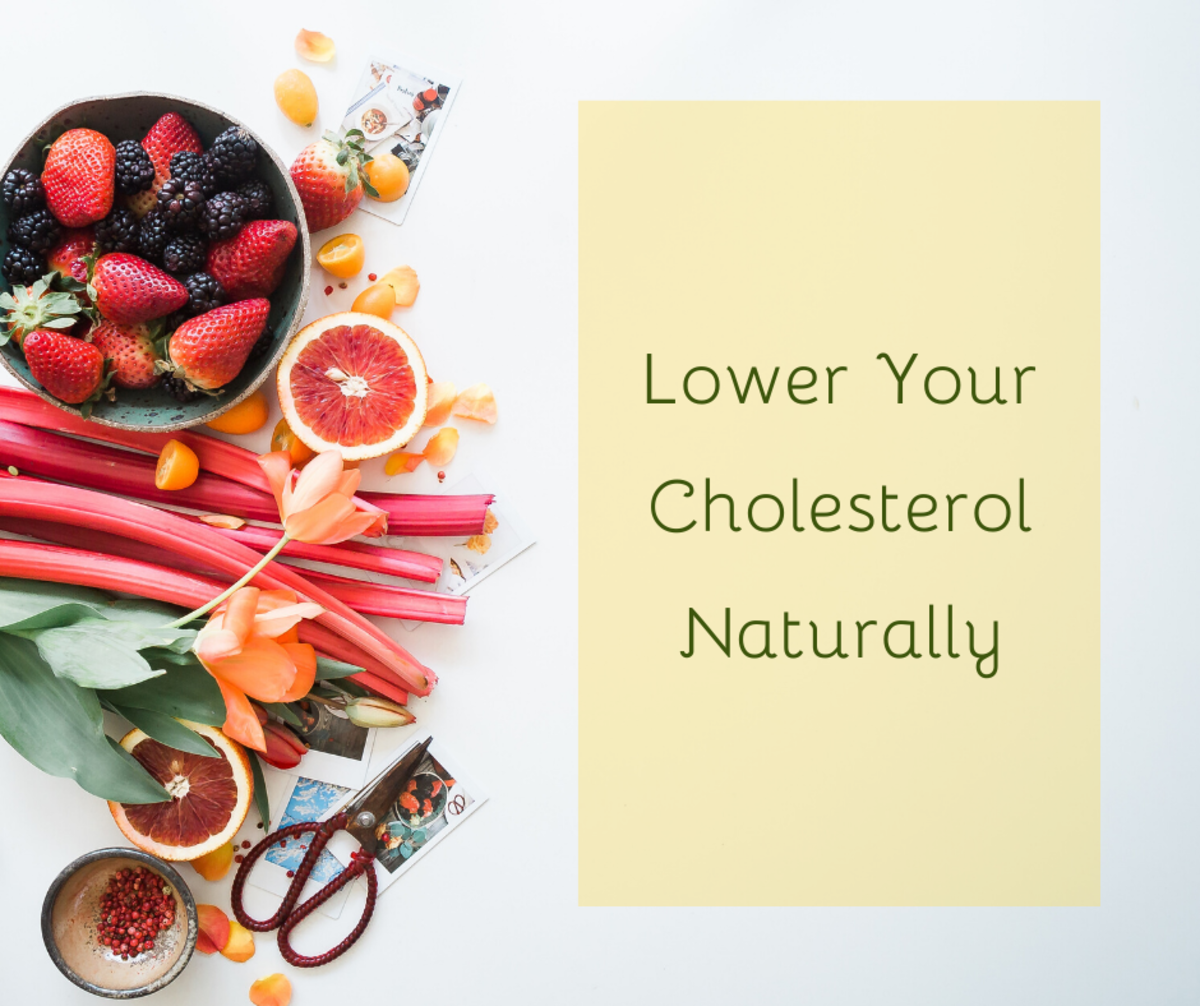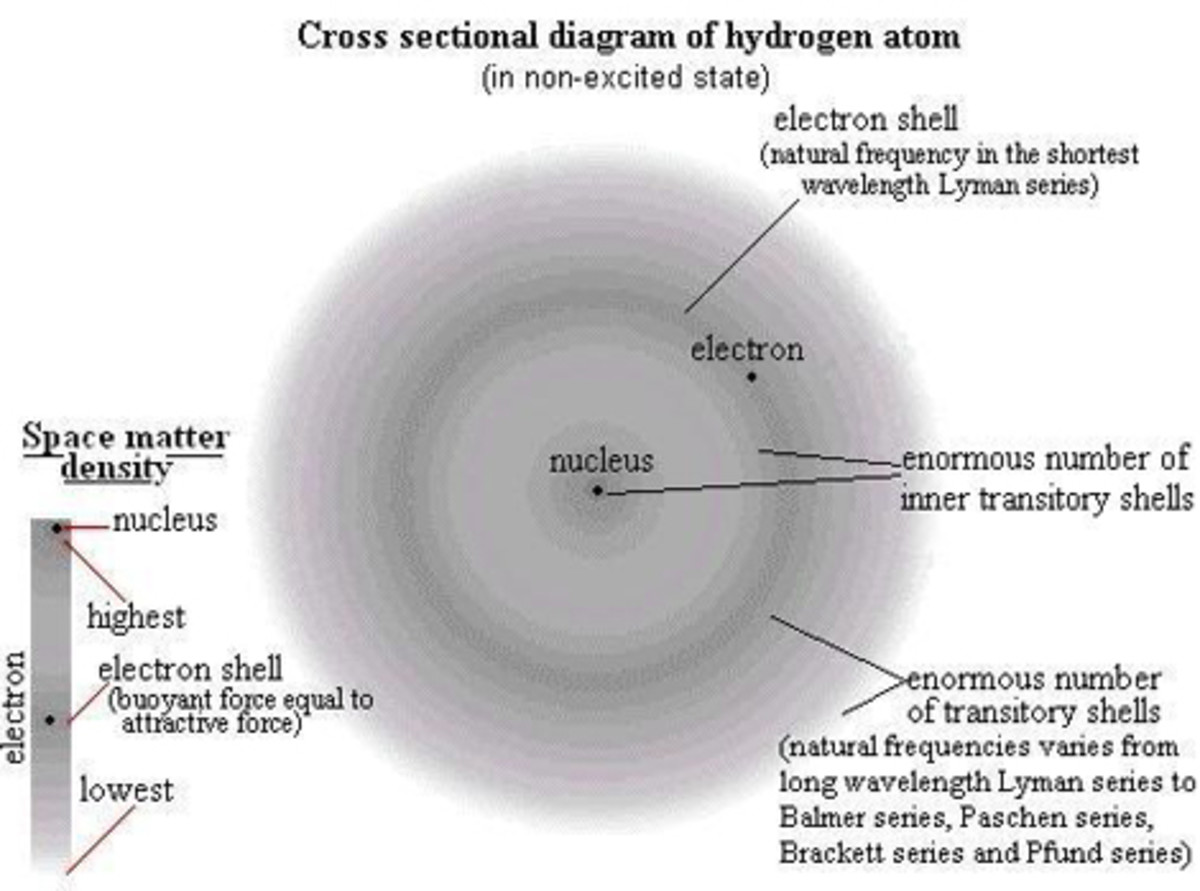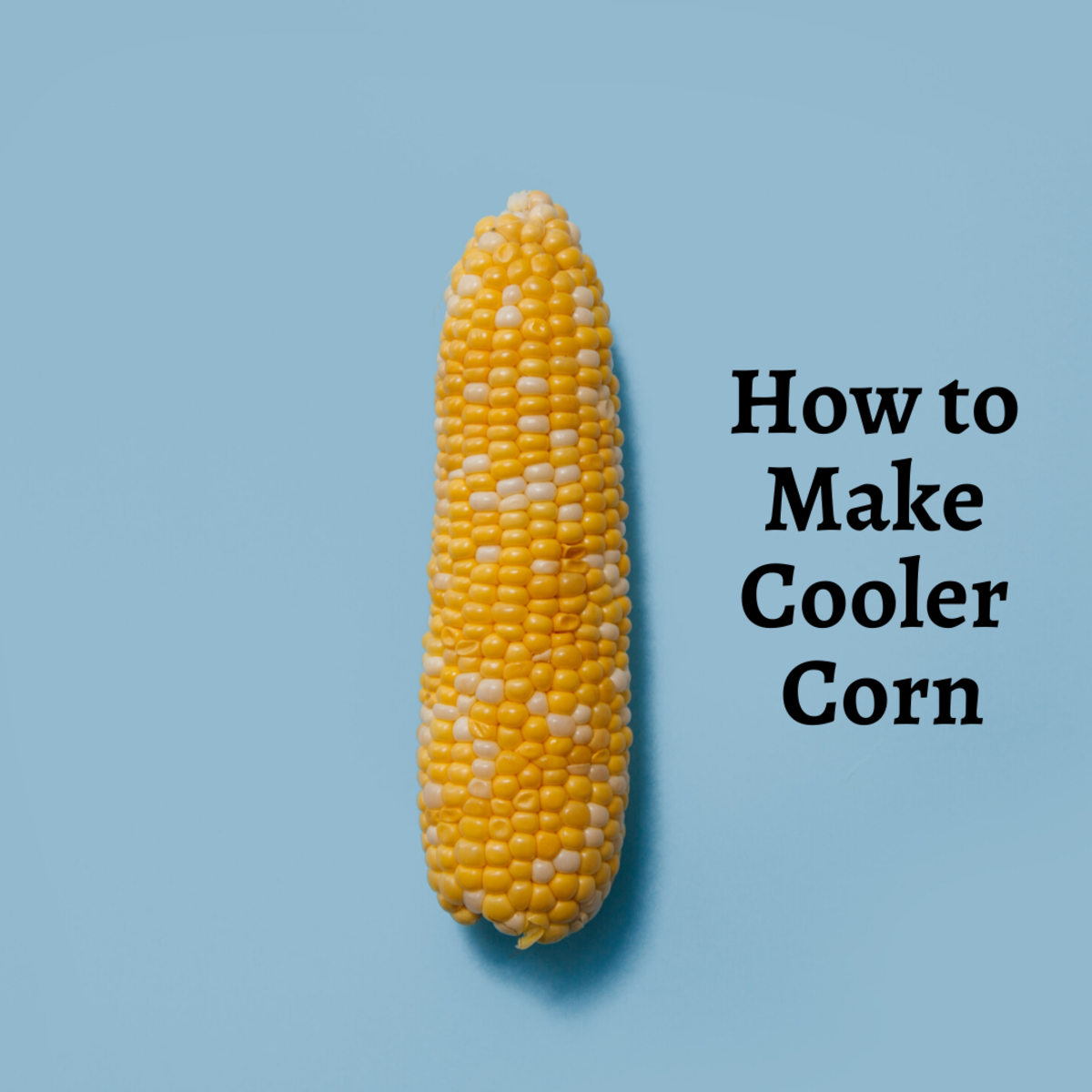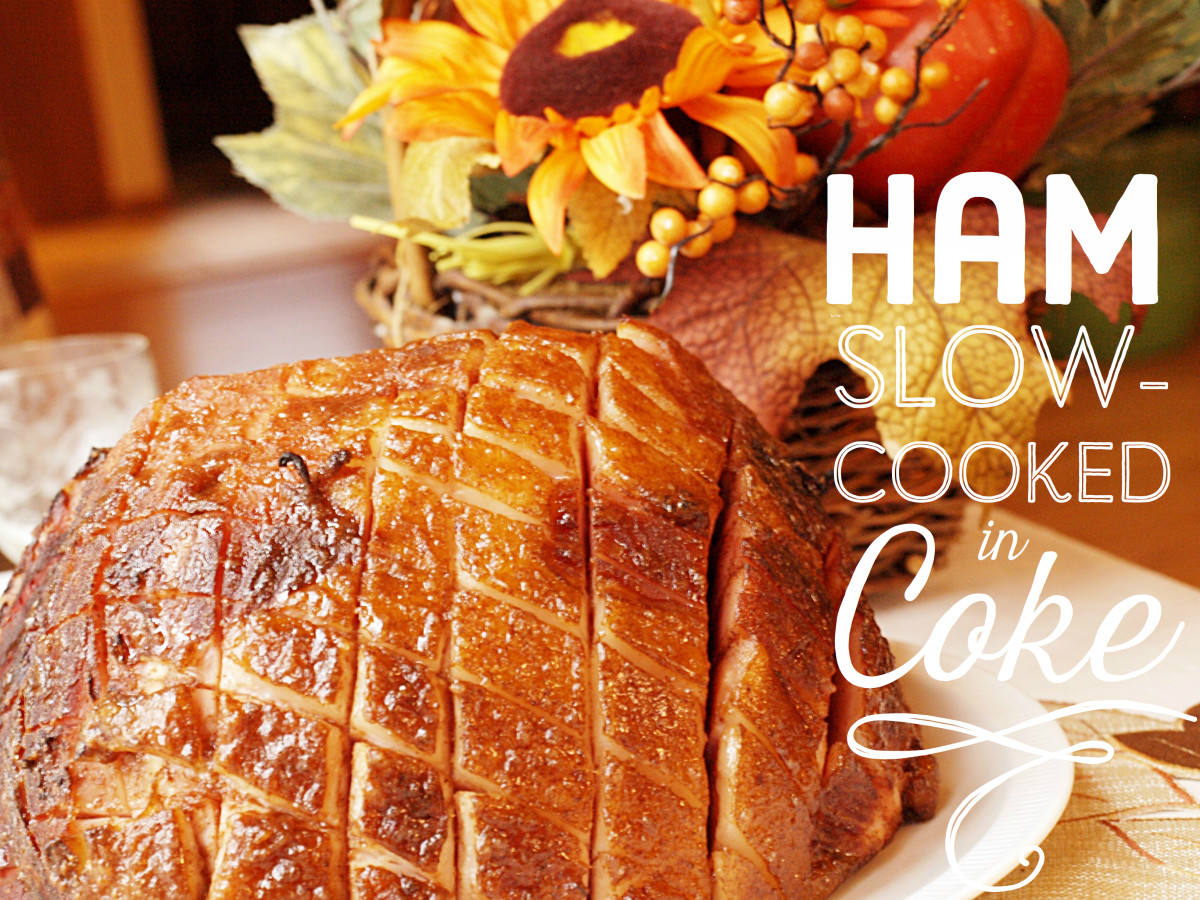How not to Turn Chicken Egg into Bad Cholesterol
Eggs on top of cooked white rice (photo from Agkakabsat International)
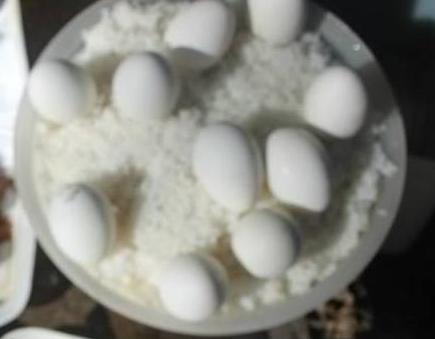
Frying and scrambling chicken egg turn it to bad cholesterol
A chicken egg has 40 percent fat calories. Part of that is 67 mg of cholesterol found in the egg yolk (Cranton, E., MD and A. Brecher. Bypassing Bypass. updated edition.1984:181)).
One type of cholesterol is low density lipoprotein that can be turned into so-called bad cholesterol when oxidized by oxygen.
Safe
To prevent the oxidation of egg during cooking, poach it soft-boiled or hard-boiled. Don't crack the eggshell because a crack allows oxygen to come in and oxidize the cholesterol into bad cholesterol. Frying, or scrambling the egg, or preparing it for a menu involving the exposure of the egg yolk turns it to bad cholesterol (Same source as above).
Used as toppings, eggs should be hard boiled then sliced. That way, the LDL is spared from turning into bad cholesterol.
With this piece of information I improved my diet. Now I poach egg by soft boil or hard boil. Before, I would only eat half the egg because I felt some pain in my nape whenever i ate one whole fried egg. Now I eat one hard boiled or soft boiled egg a day without feeling pain in the nape. I take it that the cholesterol in the egg had not turned into bad cholesterol as Dr. Cranton had written.
I am extra careful with my egg consumption because I have hypertension and heart disease. Now I can enjoy eating eggs again.
How cholesterol is turned bad
The air we breathe has 21 percent molecular oxygen that is a free radical which is involved in oxidation. A free radical is an atom, or ion, or molecule, or fragment of a molecule with at least one free unpaired electron (Pierce, J., Ph.D. . Heart Healthy Magnesium.1986). A molecular oxygen or oxygen molecule consists of two atoms of oxygen with two unpaired electrons going around (orbiting) the whole molecule. An unpaired electron is unstable and to stabilize it must take another electron from a neighboring molecule which is part of a tissue or organ. When it grabs that electron, it injures the victim of abduction by oxidation. That injury results in mutation of a cell of a tissue or organ. Mutation results in tumor or cancer or emphysema or arthritis, or diabetes and many more.
When a free radical takes an electron from low density lipoprotein (LDL), the latter becomes LDL-oxy which is a bad cholesterol (Sharma, H., MD. Freedom from Disease. 1993). LDL-oxy is a reactive oxygen species that, although technically not a free radical, acts like a free radical.
LDL-oxy can start a chain reaction of producing reactive oxygen species (ROS). It takes in one whole molecular oxygen with its two unpaired electrons intact. This new ROS is called lipid peroxy radical that now marauds for electrons to satisfy its unpaired electrons. And the chain reaction goes on if it is not controlled.
The role of molecular oxygen
Molecular oxygen does not react with low density lipoprotein (LDL). This is first reacted by other free radicals (hydroxyl radical, superoxide, singlet oxygen, ozone) and ROS from which molecular oxygen takes over (Halliwell, B. “The Proteosome: Source and A Target of Oxidative Stress.” Stefanis, L. and J. B. Keller. Editors. The Proteosome in Neurodegeneration. 2006:86).
For example, hydrogen peroxide, a ROS, combines with LDL; these form a carbon-fat plus reactive oxygen species and atom of hydrogen.
This reaction continues as follows:
Carbon-fat plus molecular oxygen form fat and superoxide. This combination of fat and superoxide is a peroxyl radical (Same course as above).
The reaction culminates as follows:
Peroxyl radical plus LDL form lipid peroxide. This is also called by Dr. Sharma as lipid-oxy (Sharma, H. MD. Freedom from Disease. 1993). Notice that lipid peroxide has a molecular oxygen with two unpaired electrons. These will again grab electrons from other molecules, thus propagate a chain reaction of oxidation.
Lipid peroxy radical contributes to atherosclerosis, the formation of occlusion or plaque in the inside wall of a heart artery that results in heart disease. A symptom of heart disease is angina pectoris or chest pain that occurs when the plaque occludes 50 to 75 percent of the diameter of at least one heart artery (Cranton, E., MD and A. Brecher. Bypassing Bypass. 1984). Atherosclerosis is started by free radicals that injure the inside wall of the artery resulting in a benign tumor called atheroma. The artery tries to patch the atheroma with collagen, fibrin, and cholesterol. Calcium apatite joins in and serves as cementing agent. But the attempt at repair turns awry that the patch turns into a mound partially blocking the artery. The mound may eventually block the artery totally upon the deposition of debris, more calcium apatite and bad cholesterol.
Coronary arteries that wrap around the heart supply it with blood. Narrowing of a coronary artery lessens blood flow that if severe causes starvation of heart muscles for oxygen. This starvation can result in death of a lot of muscles that disable the heart to pump resulting in heart attack (Ornish, D. MD. Dr. Dean Ornish's Program for Reversing Heart Disease. 1990)..
Plaque can result in hypertension, stroke, arrhythmia (irregular heart beat) and heart failure (the heart fails to supply blood to other organs, like kidney, that will stop working).
Control of free radicals
Basically, to control a free radical is to satisfy its hunger for electron. That is done by antioxidants that donate electrons like vitamin C (with 8 electrons), vitamin E (with 37 electrons), and B-complex that die afterward. That is done by enzyme antioxidants that are recycled.
The superoxide dismutase (SOD) turns the superoxide, a by-product of glucose metabolism, in to hydrogen peroxide which is a reactive oxygen species. This is dismantled by glutathione peroxidase which is recycled by glutathione reductase (Sharma, H. Freedom from Disease. 1995)..
Good cholesterol
High density lipoprotein (HDL) is sometimes called good cholesterol because it escorts extra LDL to the liver that disposes it. A high level of LDL and a low level of HDL is a warning for risk of atherosclerosis once atheroma had been initiated by free radicals. Without atheroma, LDL is of no concern; cholesterol does not cause heart disease. In fact, the liver produces 75 percent of the body's cholesterol and only 25 percent cholesterol is manipulated by diet. And cholesterol per se is not bad; our body needs cholesterol.
A boon to poultry industry
One Hubber was worried that eggs producers would find it hard to sell their produce with the bad-cholesterol-in-eggs scare.
However, this healthy consumption of eggs adversely affects the baking industry. Consumers of cakes that contain egg yolks would now shun such cakes; or their consumption would become less.




